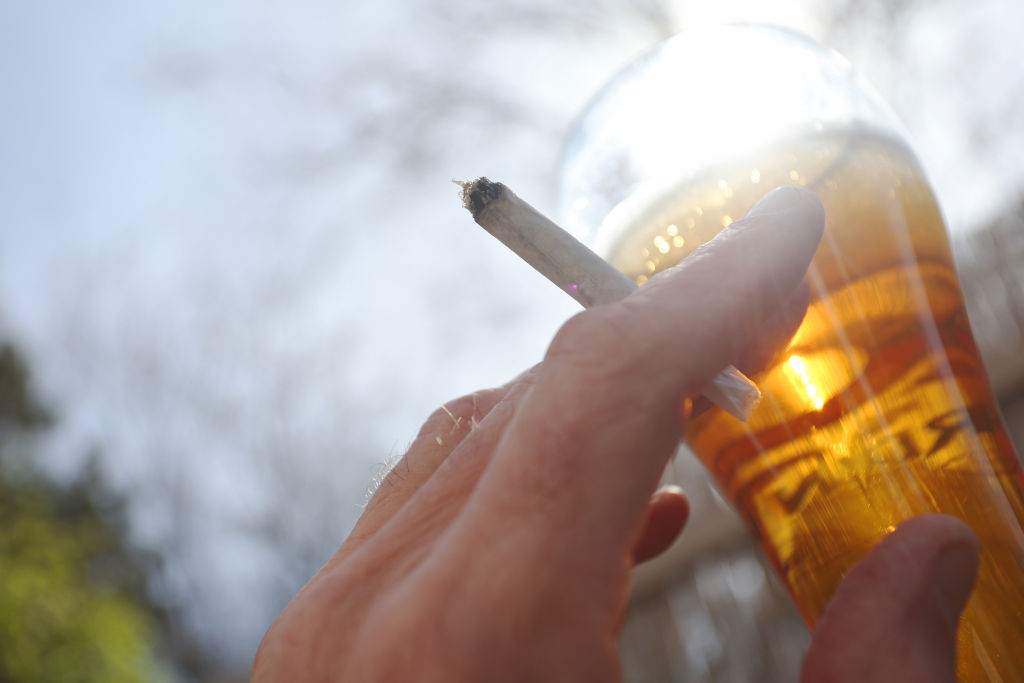Study: binge drinking out, smoking weed in

American intoxicant consumption habits might surprise you.
According to a new federal report on drug use and mental health, Americans are binge drinking and smoking tobacco less but consuming cannabis significantly more.
The report was created for the Substance Abuse and Mental Health Services Administration under the U.S. Department of Health and Human Services (HHS), using results from the 2021-2024 National Survey on Drug Use and Health (NSDUH). Through multimode data collection, NSUDH surveyed a representative sample of 70,241 Americans. It is the first report released since widespread layoffs at the HHS, which eliminated nearly the entire NSDUH staff.
From 2021 to 2024, the survey found that rates of alcohol use disorder decreased by 0.9 percent, while rates of opioid use disorder and stimulant use were reported to stay the same at 1.7 percent and 3.1 percent of the population, respectively.
RELATED: ‘One community’: weed and alcohol align at Denver conference
In contrast, heavy marijuana use saw a significant increase. According to the report, nearly 21 million Americans over 12 years old met criteria for marijuana use disorder, which was a 6 percent increase. The percentage of adults aged 26 or older who reported using cannabis in the past month also saw an increase, from 12.3 percent to 15.1 percent.
The report found that in 2024, about one in 10 adolescents, defined as ages 12 to 17, and one in every three young adults, ages 18 to 25, used marijuana in the past year.
Among people aged 12 or older who used cannabis in the past year, the report found that the most common form of use was smoking, at 73.9 percent, followed by eating or drinking at 49.8 percent and vaping at 39.8 percent.
RELATED: Weed reform has surprising impact on drug use
The report found that of all illicit drug use by those aged 12 and older, marijuana was the most commonly used illicit drug in the past year. Illicit drug use was defined as including any use of marijuana, cocaine, heroin, hallucinogens, inhalants, and methamphetamine, as well as misuse of prescription stimulants, tranquilizers, pain relievers, or sedatives. In total, the percentage of those aged 12 and older who used illicit drugs saw an increase from 22.2 percent in 2021 to 25.5 percent in 2024.
This data will allow researchers, clinicians, policymakers, and others to understand the nation’s consumption habits better and study them further.